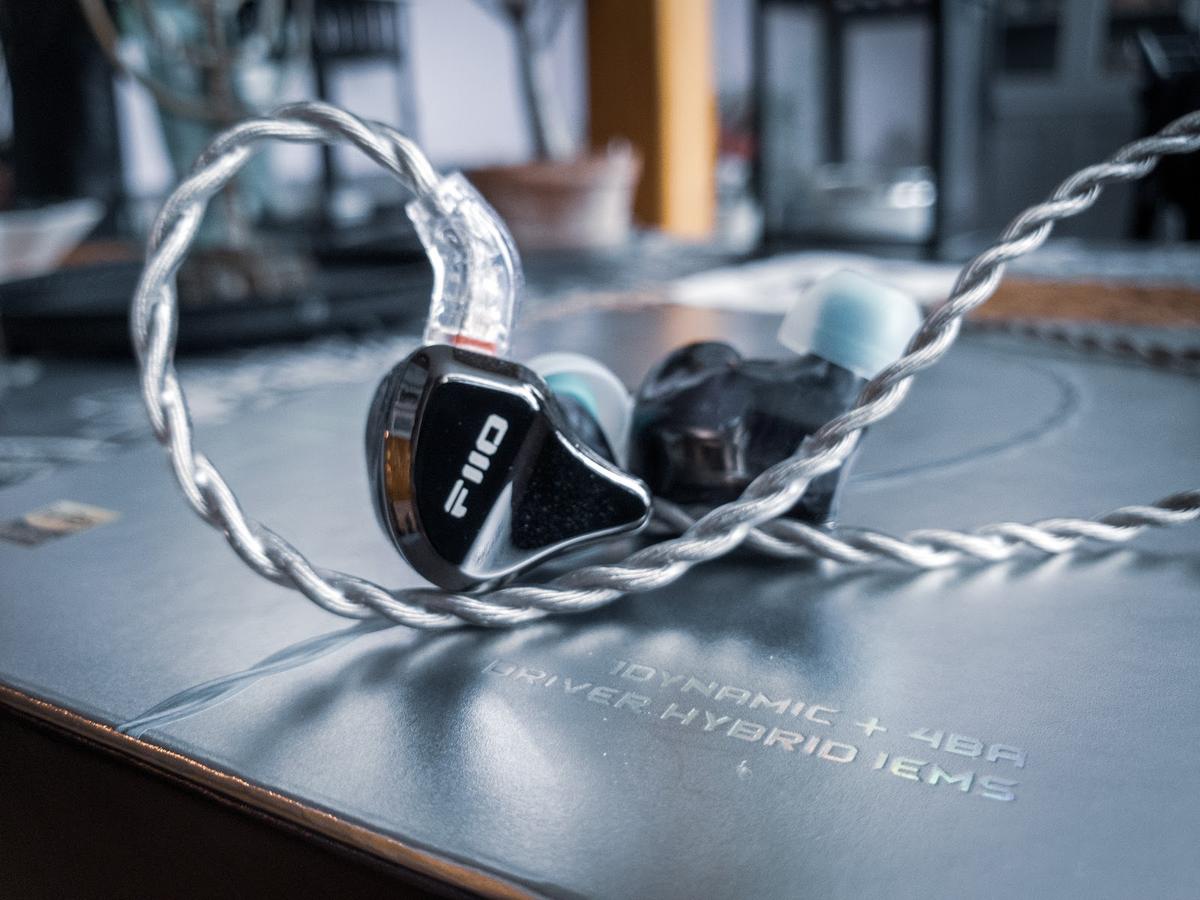The FiiO JH5 fall a tad short on technicalities whilst providing a Harman-esque tuning with extra midbass girth.
- Great dynamics
- Neutral and insightful midrange
- Well-extended highs
- Superb ear shell build quality
- Easy to drive
- The bass shelf extends too far into lower-mids
- Midbass emphasis makes the sound a bit muddy
- Technical performance is only okay
- No real carrying case is included
- Very sensitive to noisy sources
Can you forget your first love? The FiiO E10 was my first DAC/AMP when I had just started out in personal audio. The E10 featured a nice Wolfson DAC chip, a simple opamp drive circuit, and a functional volume control. After all, it was 2011, so what more could you ask for?
FiiO has been a personal audio electronics staple for more than a decade, and in recent years, they’ve been trying to squeeze into the brutal headphones and IEMs market.
I always order their simplest burger when I try to get an impression of a burger joint. With FiiO my choice fell on the JH5 – a relatively affordable 3-way hybrid. I was very impressed with their FT3 full-size headphones, but does that mean they can pull off the same magic with IEMs?
Read on to find out!
Unboxing and First Impression
Design and Build
The JH5 is no exception to FiiO’s attractive product lineup. These IEMs employ a sandwiched ear shell construction that combines a medical 3D-printed resin lower part and a cast alloy metal faceplate. The metal is anodized black and lacquered.
I love the elegant finish; it doesn’t easily gather fingerprints.
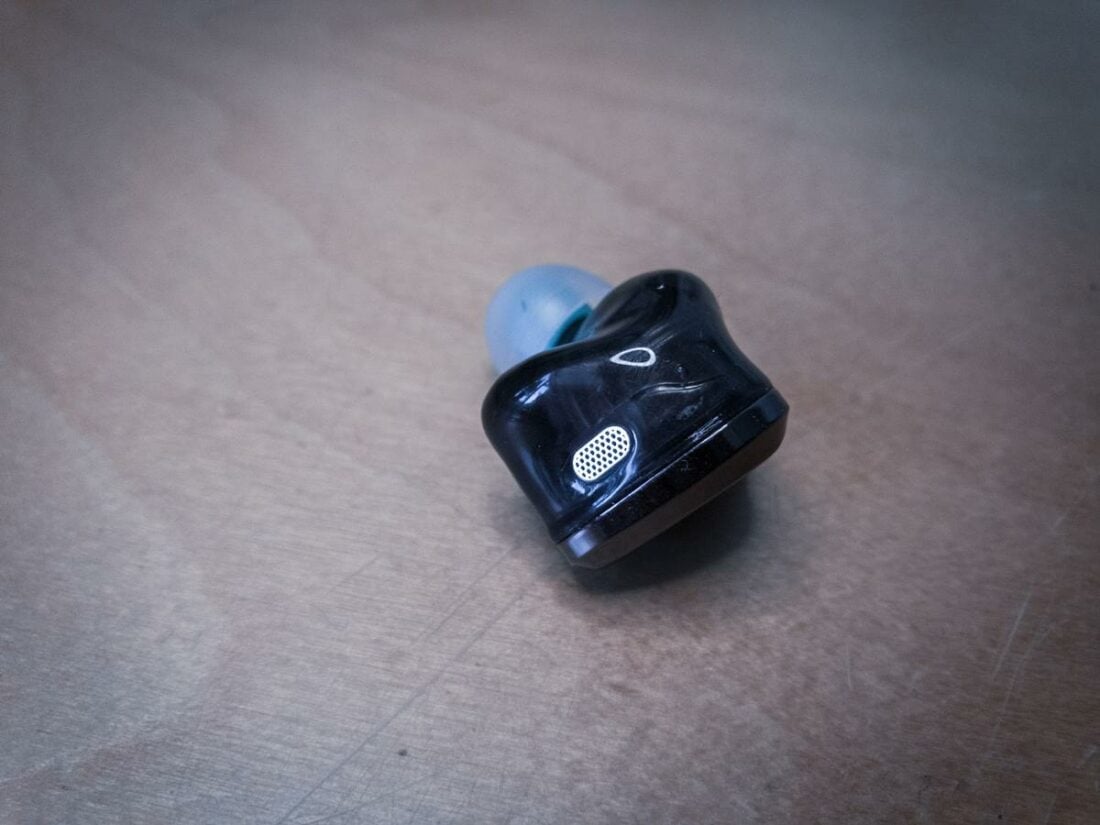
The acrylic used in the JH5 is translucent and darkened – making out the inner workings of the IEMs is possible. As for the nozzles – they’re not tiny, but it’s the same deal with most IEMs these days. I like that there’s a retaining lip that keeps the tips from slipping off after a long listening session.
Cable
The FiiO JH5 come bundled together with a silver-plated copper cable. It looks okay, and the paracord-style braid keeps it from being microphonic. There’s only a 3.5mm TRS termination option, so conversion to balanced will require breaking out the old soldering iron.
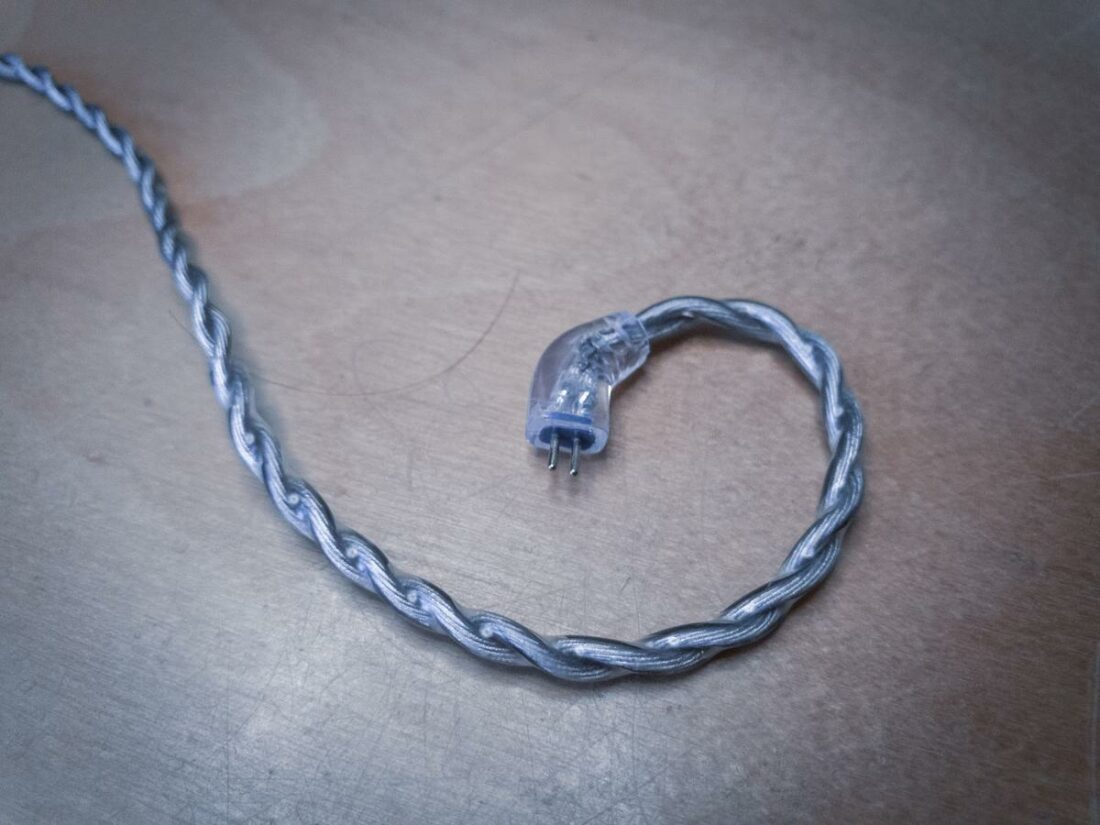
While I don’t really lament the exclusion of balanced option as the JH5 are exceptionally sensitive, there is one reason why it would have helped. Due to its intrinsic common-mode noise rejection, often balanced outputs are less noisy than single-ended.
Comfort
I find that with 3D-printed acrylic IEMs, comfort is pretty much a given.
With the FiiO JH5, only those very sensitive to chunky nozzles should be careful. The earshells agree with the shape of my ears, so I can listen to JH5 for almost a full day. Good job, FiiO!
Under the Hood
The FiiO JH5 are a 3-way hybrid design with 10mm carbon diaphragm dynamic drivers taking care of the low-end and a twin balanced armature array for mids and highs each. There’s no info about the make of these BA drivers, but it’s not like there are many options.
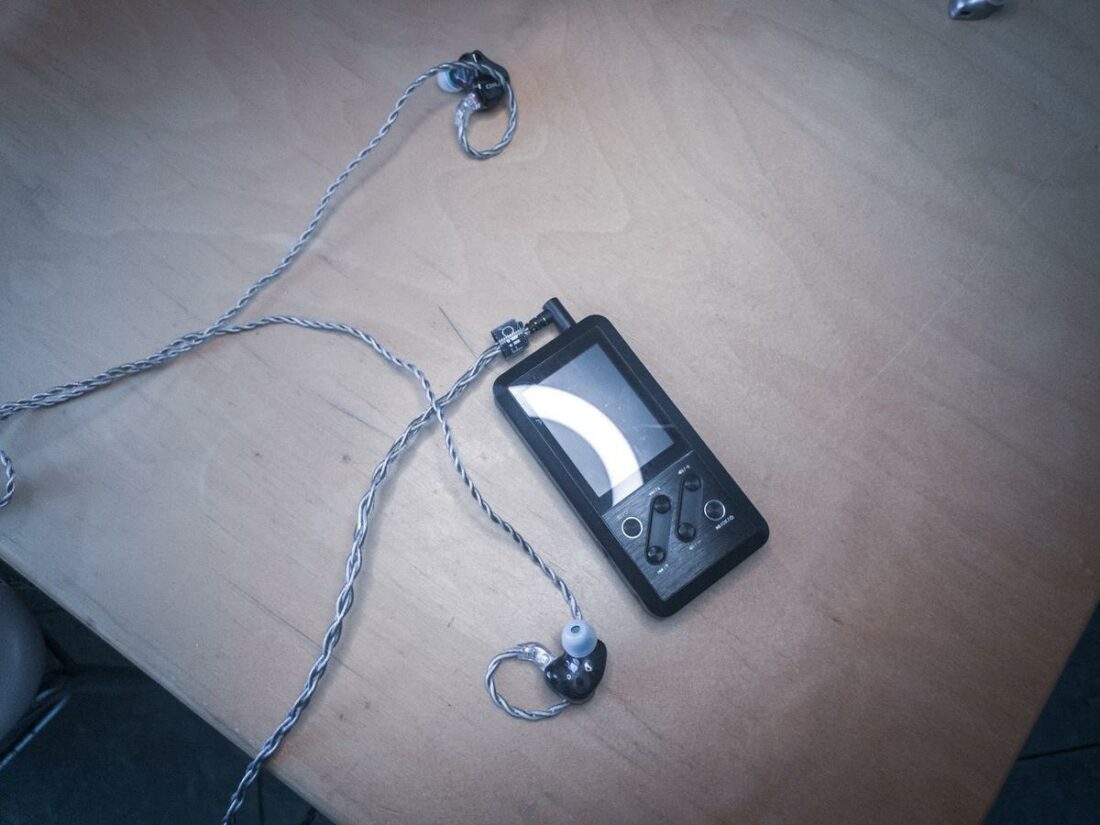
FiiO claims that the bass driver uses “negative feedback.” Judging by the diagram, it’s more of a porting scheme used to enhance low-end sensitivity. “Negative feedback” would typically imply a control scheme, which I can’t see working here.
How Do the JH5 Sound?
Before we delve into analyzing sound, let’s look at how the FiiO JH5 play with various audio sources. 130dB/V sensitivity and 13-ohm load impedance mean that almost everything out there will drive them with tons of headroom. With desktop systems, noise can be an issue, and higher gain amps might not have enough usable volume control.
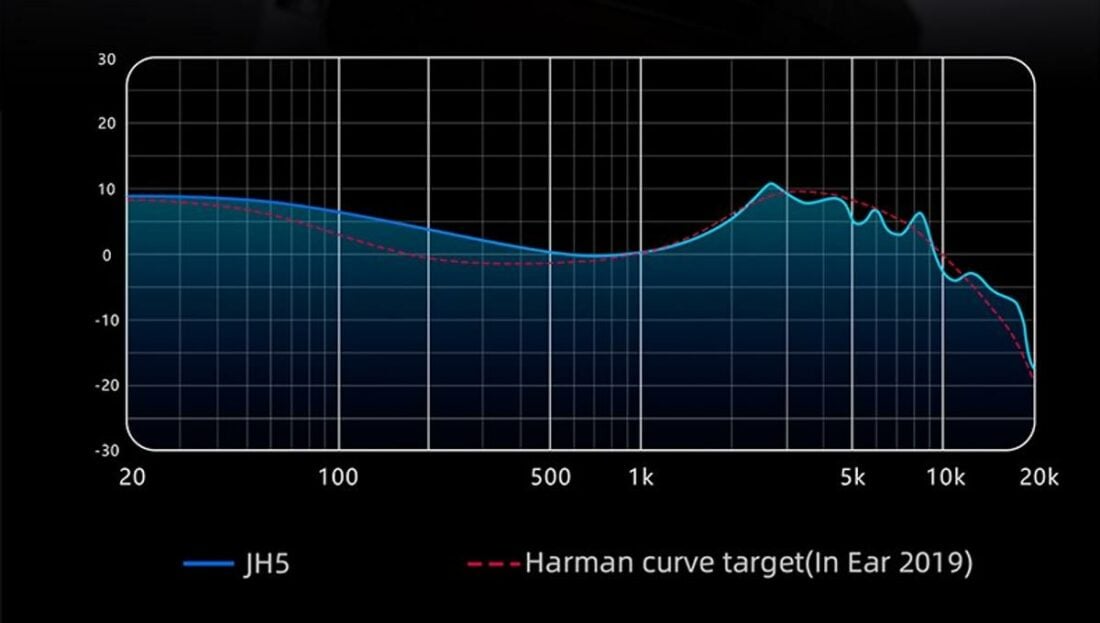
FiiO themselves give little info about tuning goals when designing the JH5. Their measurement curve shows a comparison with the well-known Harman 2019 IE target.
Immediately, one sees that the usual IEM low-end shelf starts very early, around 2 octaves higher than is common.
Around the ear-gain region and higher, we see more peaks than usual. However, whether they’re of the offending kind remains to be heard. Usually, an electrical impedance curve is very handy to detect these issues.
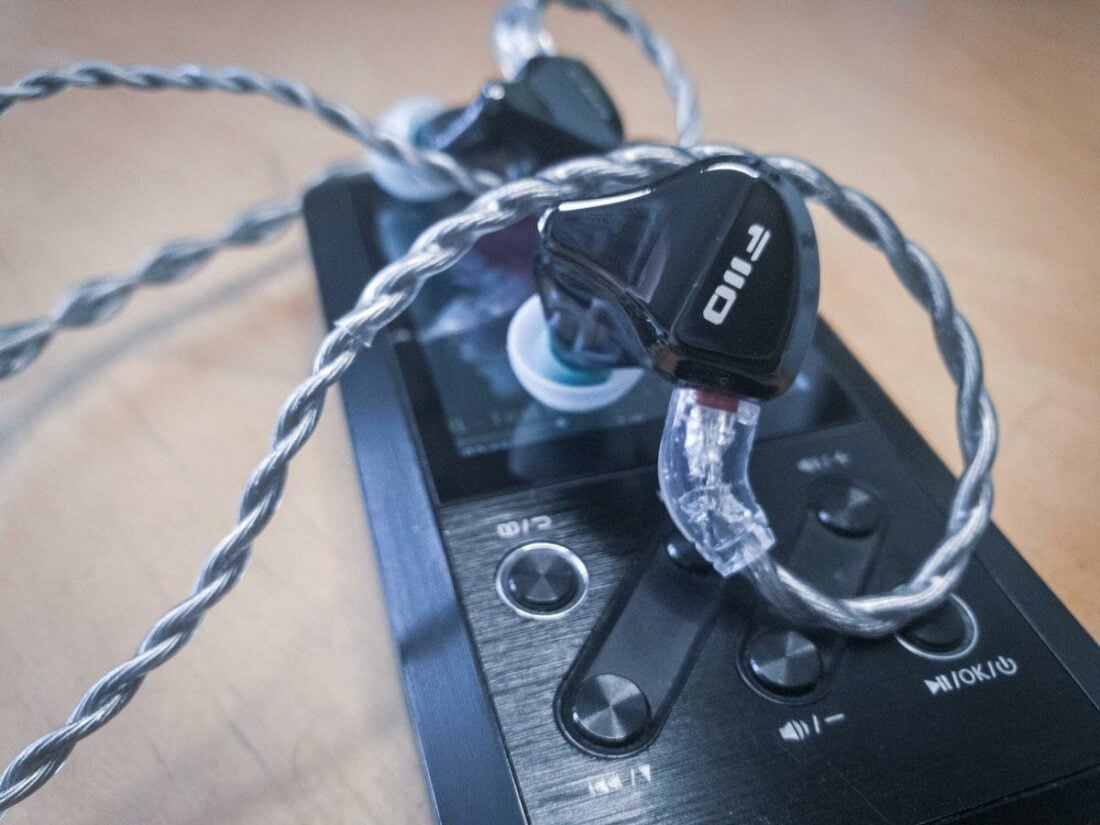
After listening to the FiiO JH5, it’s immediately apparent that the midbass emphasis greatly impacts the technical performance of the IEMs. The impact capability is paid for with muddiness in the lower mids. I will add that the effect is slight and not something one would find in, say, cheap closed-back headphones.
Bass
So, you want bass, huh? Well, the FiiO JH5 has all of it.
Sub-bass, bass-proper and even midbass. The midbass emphasis over 100Hz makes the low end a bit more wooly and works best with rock and metal.
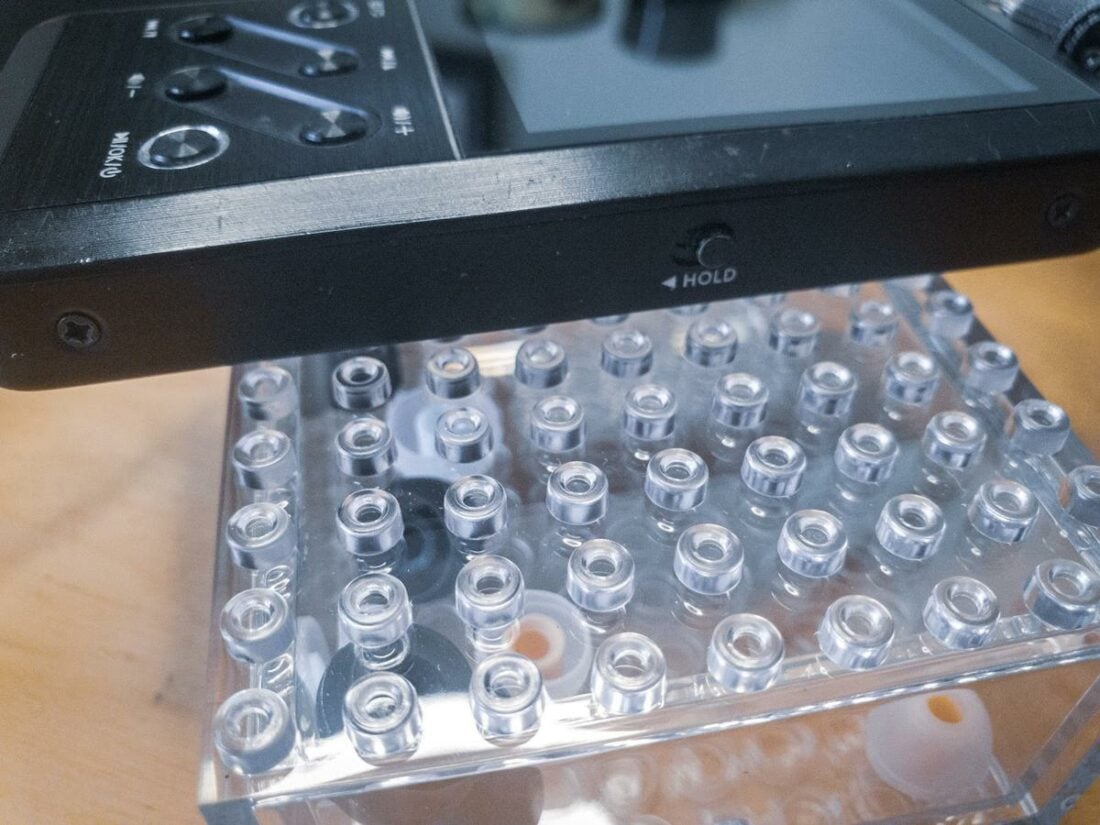
Classic rock like Led Zeppelin and Uriah Heep significantly benefit from the early bass shelf. Other, more prog-inclined outfits do too. Electronica is a mixed bag because it relies more on the deep end. While the bass is emphasized, it’s not very technically capable.
Midrange
Despite the slight tonal masking from the midbass emphasis, I like what FiiO has done here. The mids are reasonably neutral and transmit enough info to keep the listener involved. Guitars soar, voices have appropriate fullness, and there’s no feeling of shoutiness in upper-mids.
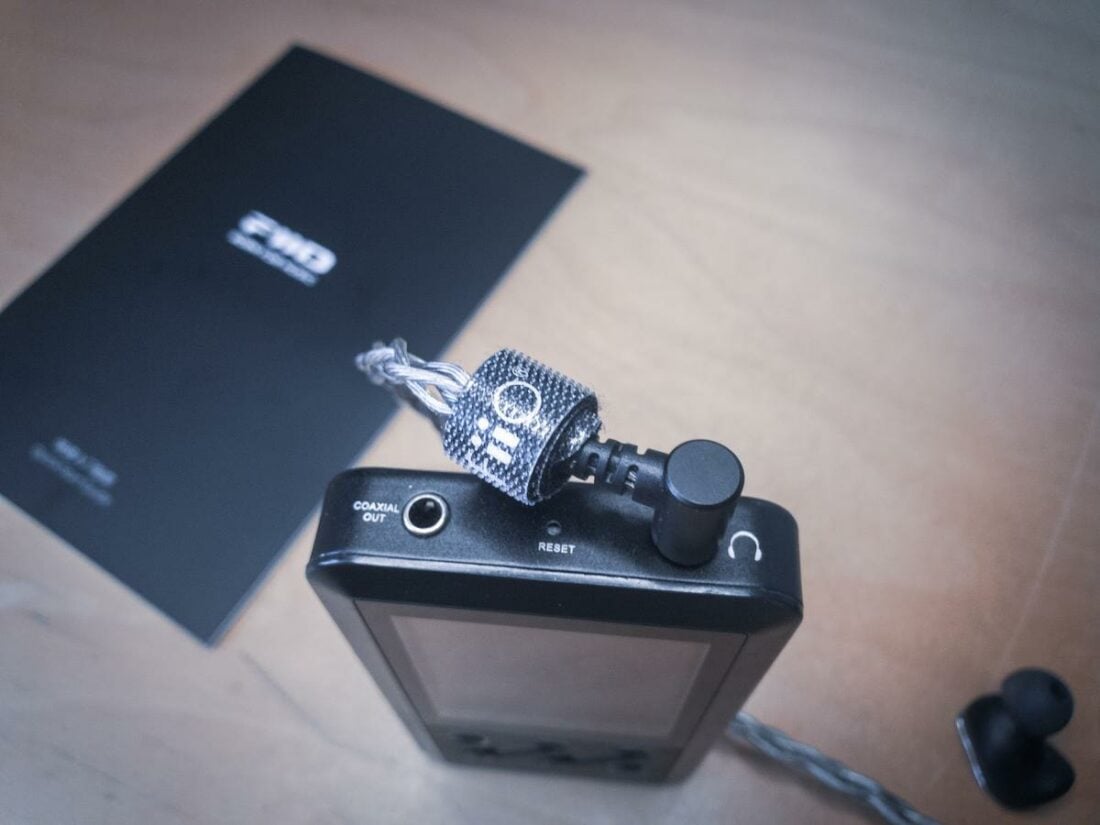
Again, the JH5 mids gave the best impression with metal and harder rock. Especially older, more acerbic Scandinavian metal like Edge of Sanity retains the intended evilness without the edge that tends to shred my eardrums. And there’s enough driver agility to actually make out vocals.
Treble
The FiiO JH5 employ dedicated treble drivers which add a welcome sense of extension in the top octave. It’s not as delicate or resolving as I’m used to. Probably due to the multiple resonant peaks the graph showed. At the same time – I respect that there’s no artificial detail that tends to cause early ear fatigue.
Even those with more treble-some systems should be safe with the FiiO JH5.
Comparisons
Two prominent releases in the price range are Moondrop’s Aria 2 and May, both of which I very much enjoy. Compared to the JH5, both come with richer accessories like a carrying case. Aria 2 has a convertible cable that supports balanced drive, and the May work on modern smartphones because of their DSP dongle-cable.
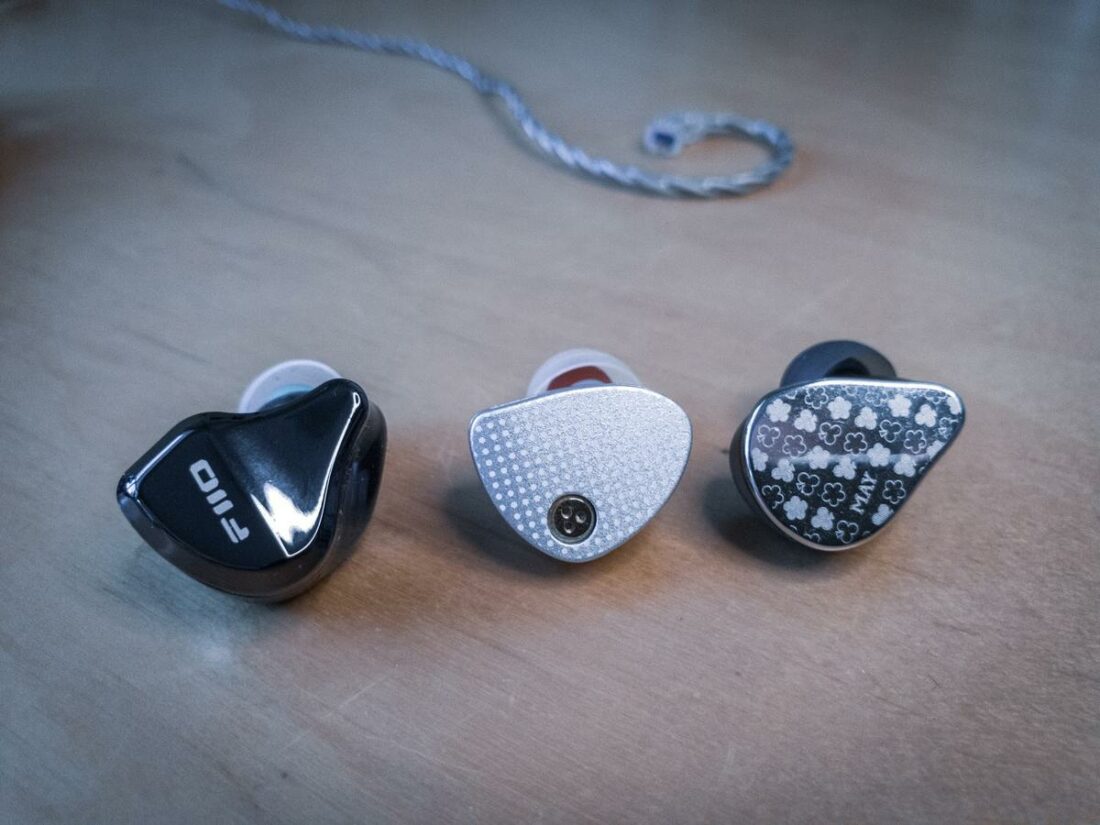
Build-wise, I deem all three roughly equal.
In terms of sound, it gets interesting as all three offer a different yet equally worthwhile package. If technicalities are a must, then the May reigns supreme with the Aria 2 second and the JH5 last. Overall coherence is the single-DD specialty, with the Aria 2 taking the lead and the JH5 surpassing the May.
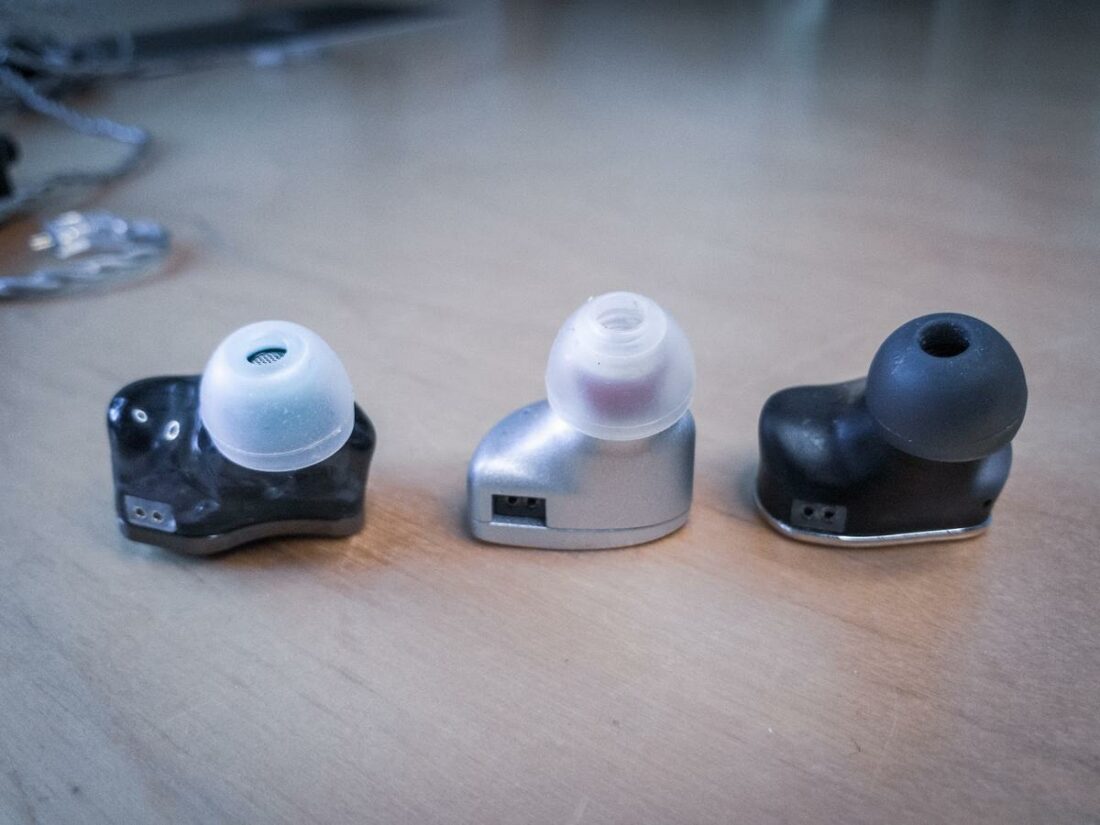
Where FiiO JH5 outshines the competition is overall ease of listening. It has by far the least potential of causing hearing fatigue. And that’s despite its more punchy and energetic sound signature.
I call the JH5 a metalhead’s delight! Just try to get the black version, lest you anger the Norse gods!
Where to Buy
Who Should Buy This?
Do you like fun? Then get them! For one, I can’t really see anyone being seriously disappointed with the FiiO JH5’s stock tuning. It’s a bit idiosyncratic but ultimately safe enough to work with most kinds of music. Only jazz and classical connoisseurs should look at more introspective sets.
Final Thoughts
It’s classic FiiO – they’ve nailed the presentation to a “t.” As for performance – love it or hate it, but there’s much to respect. The midbass-centric tuning is pretty unique and hopefully will find punch-hungry ears. The technicalities do not blow me away, but in my experience, overall sound signature beats cutting-edge resolution when I reach for IEMs.
FiiO’s been in the headphones game for over a decade, and it clearly shows. Admittedly, their electronics have long stolen the spotlight, but if the JH5 is a sign of things to come, then we’d better get a bigger spotlight!
What’s in the Box?
- JH5 IEMs
- 1.2m cable
- Plastic storage box
- 2x sets of S/M/L size ear tips
- User manual
Technical Specifications
- Form: IEM
- Driver: 1x 10mm carbon DD + 2BA mids + 2BA highs
- Impedance (Ohm): 13ohms
- Sensitivity (dB): 111dB/mW
- Weight (g): 8g (per IEM)
- Frequency Response (Hz): 20Hz – 40kHz
- Removable Cable: Y
- Source Jack: 3.5mm
- Cup/Shell Jack: 0.78mm 2-pin
